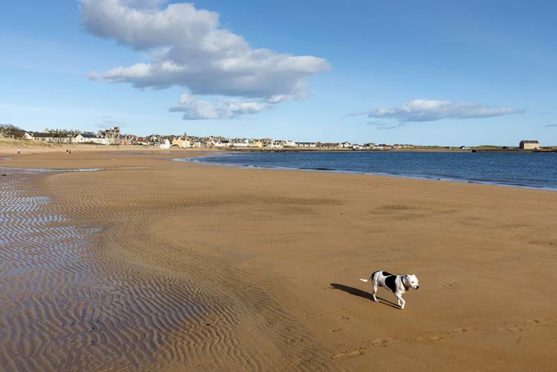A legal loophole which is costing Fife Council around £500,000 every year in lost council tax is to be closed.
It emerged a tiny proportion of second home owners who changed their property status to holiday lets pay anything.
New figures for the last eight years have revealed 400 properties have switched from paying council tax to non-domestic rates but only two help to swell the local authority’s coffers, as the other 398 dwellings qualify for small business bonus scheme relief.
It means around £500,000 that could have been ploughed back into local services has not been available.
However, new legislation due to come into force next year will provide a boost to the local authority.
North East Fife MSP Willie Rennie said hard-working residents who pay their council tax will be furious with the current state of affairs.
“We are rightly proud of the attractive scenery which keeps visitors and tourists returning to Fife.
“However, whilst second home owners using a loophole to dodge paying their council tax might be within the rules, it is not playing fair.
“There are more than 2,000 second homes in Fife and another 2,000 empty homes on top of that.
“In the context of the council being strapped for cash and making cuts, that is a lot of lost revenue.”
The Scottish Government announced in January councils will be able to introduce licensing schemes for short-term lets from 2021, which will allow local authorities to establish designated areas where planning permission is needed before properties can be rented out.
The new powers will also see the Scottish Government review how short-term lets should be taxed in the future, something Mr Rennie has welcomed.
“Following the Scottish Government review, for a property to be classed as a holiday let it needs to be rented out for a minimum of 70 days a year.
“This new rule is welcome and I would encourage Fife Council to put it into place.
“It’s only right that if you are going to live here you contribute to council tax to pay for the services you use.”
Heather Honeyman, an assessor at Fife Council, confirmed the kingdom is monitoring the Scottish Government’s efforts to introduce legislation defining what constitutes a property being classed as a holiday let for rating purposes.
She said: “The proposed change would mean that a property must be let for 70 days each year to be classed as such.
“Once legislation is in place, it will be adopted in Fife.”










